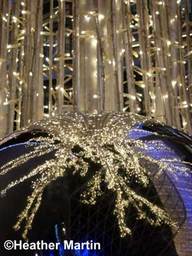
With the build up to Christmas – as with other religious celebrations around this time of year, there is such emphasis on light and colour to offset the darkness and bleakness of mid-winter. I really appreciated that the lights were still up at the shopping centre because the days are still rather short.
The lights at the shopping centre were just asking me to take a picture of them. The pictures I took were snaps as I didn’t have much time. However, I did managed to get a few that I really liked.
I am sure that the Christmas lights will slowly disappear over the coming days and weeks – not only at Westfield’s, but around London. My Christmas tree has finally been tucked away.
I find there is a certain sadness to putting away the lights – I wish to hold onto them when the nights are so long.
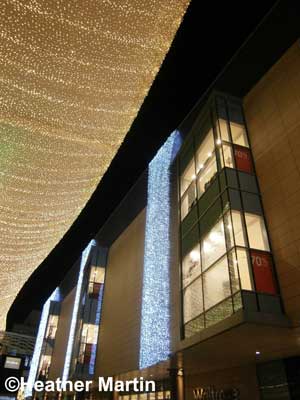
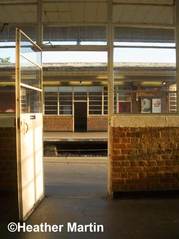
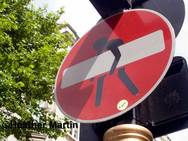
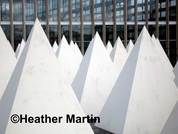
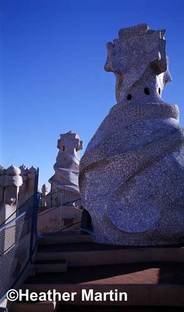
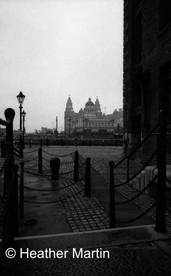
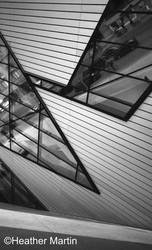
 RSS Feed
RSS Feed
